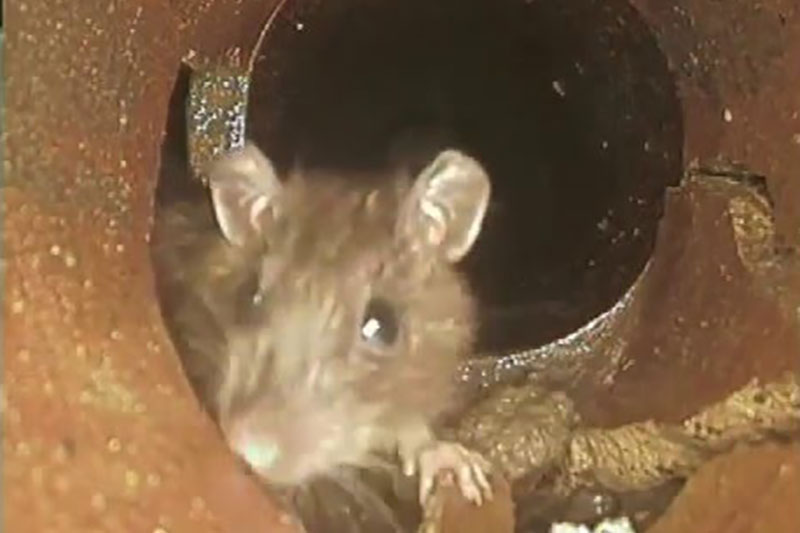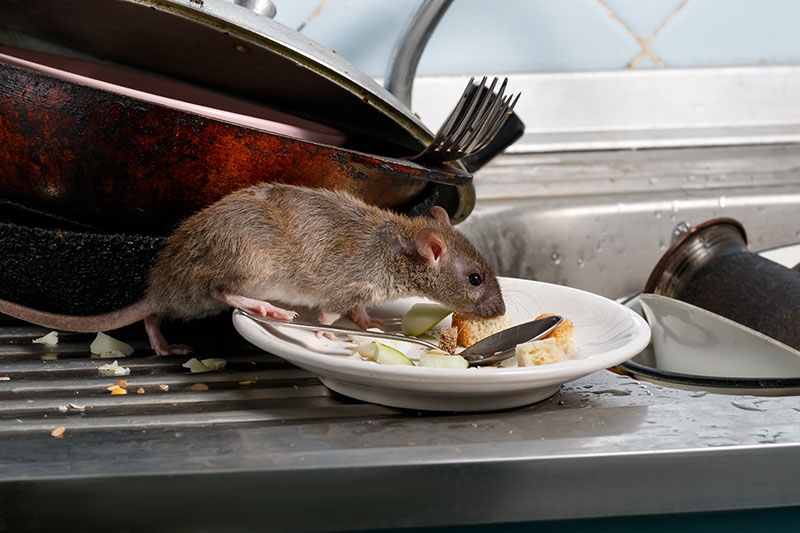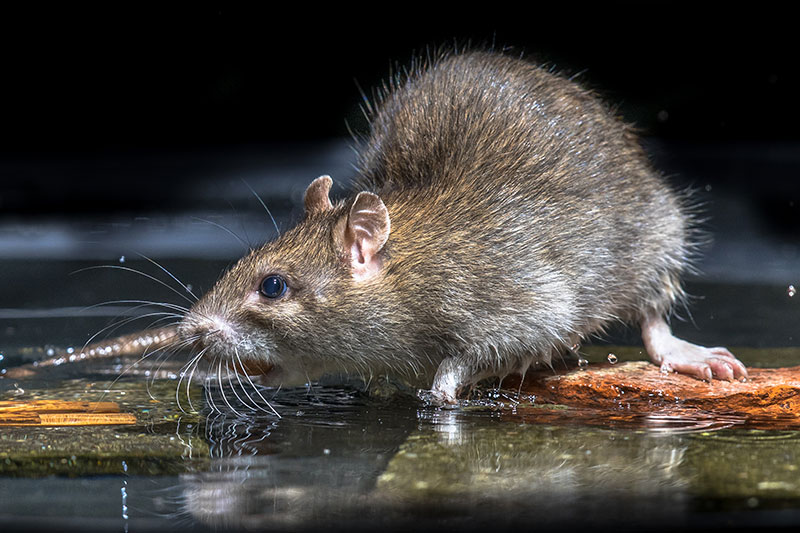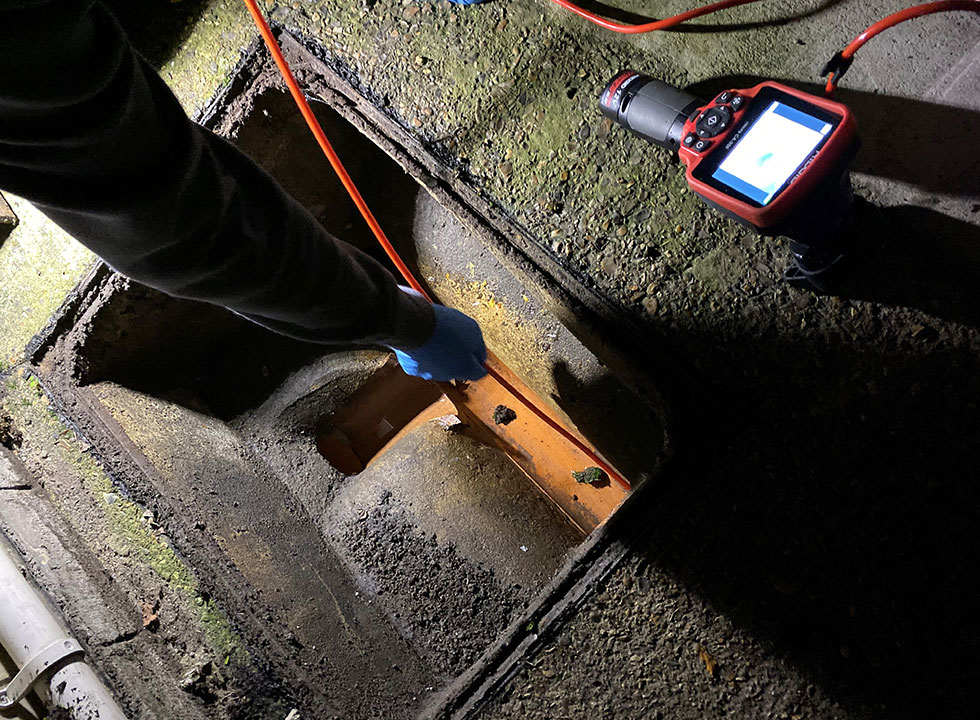Rats can be a year-round problem, but winter is a prime time to experience unwanted visitors in your house. People are often confused about why their property has been targeted, but an infestation has no relation to the cleanliness of your home and your neighbours may just be keeping quiet about their own rodent issue. Rats in your house simply means that the rodents have found a weakness or unsealed point in your home’s structure, which can even be from a recent building project, and exploited it.
How did rodents get in to my house?
The most common access point is through a clay drain connection fault or an extension with old waste pipework. The rat will aggressively dig at a small crack and then find a point within the footings of a lintel bridge to allow them into the property. Rats have sixteen teeth, which are perfect for gnawing, and these creatures only need a 25-40mm hole – that’s the size of a ping pong ball!

How should I recognise an infestation?
Rats usually breach and attack properties around 1-5 am, and the most common spots they frequent are within the kitchen, such as the plinths and worktops, but you will likely only become aware when you see droppings. However, a trained professional might recognise a more prolonged infestation from the smell created by the droppings and rodents’ wet fur.

What’s the most common rat in the UK?
The brown rat, also known by several other names, is the most common in the UK, although it originated in Norway. It is a recent addition as, until 2001, the largest population of brown rat was found in the sub-Antarctic, but is now widespread across the world as it is an incredibly adaptable mammal.
How do they survive?
In the UK, the Victorian drainage system has aided the brown rat in expanding its numbers. Brown rats live in loose colonies and dig their own burrows, and one female rat can produce up to 60 offspring each year. These rats are omnivorous and eat almost anything, including small mammals. Just like the urban fox, they are commonly found in towns and cities due to the easy access to waste food products.

How can Pest Proof London help?
Rather than just apply poisons, which only resolves rat infestations in the short term, we actively research these remarkable animals by using bait and cameras to understand their adaptability and produce even better products for our customers. We’ve found that these creatures are highly resilient and will try to chew through almost any material. Through our investigations, we’ve found which products are most effective, although we’re always continuing to learn. In fact, we recently had a brick wall scaled nine feet by a rat to gain access through a doughnut rubber fitting around a boiler flue!

We can provide you with details, including locality and likely breach points, about your home’s infestation with our personal survey. We can then price the best suggested works to resolve this issue or provide details for you to attempt to seal your property yourself.
For information about our experienced approach to rat proofing and pest control in London, contact a member of our team at Pest Proof London today. We are an NADC pest control company.
